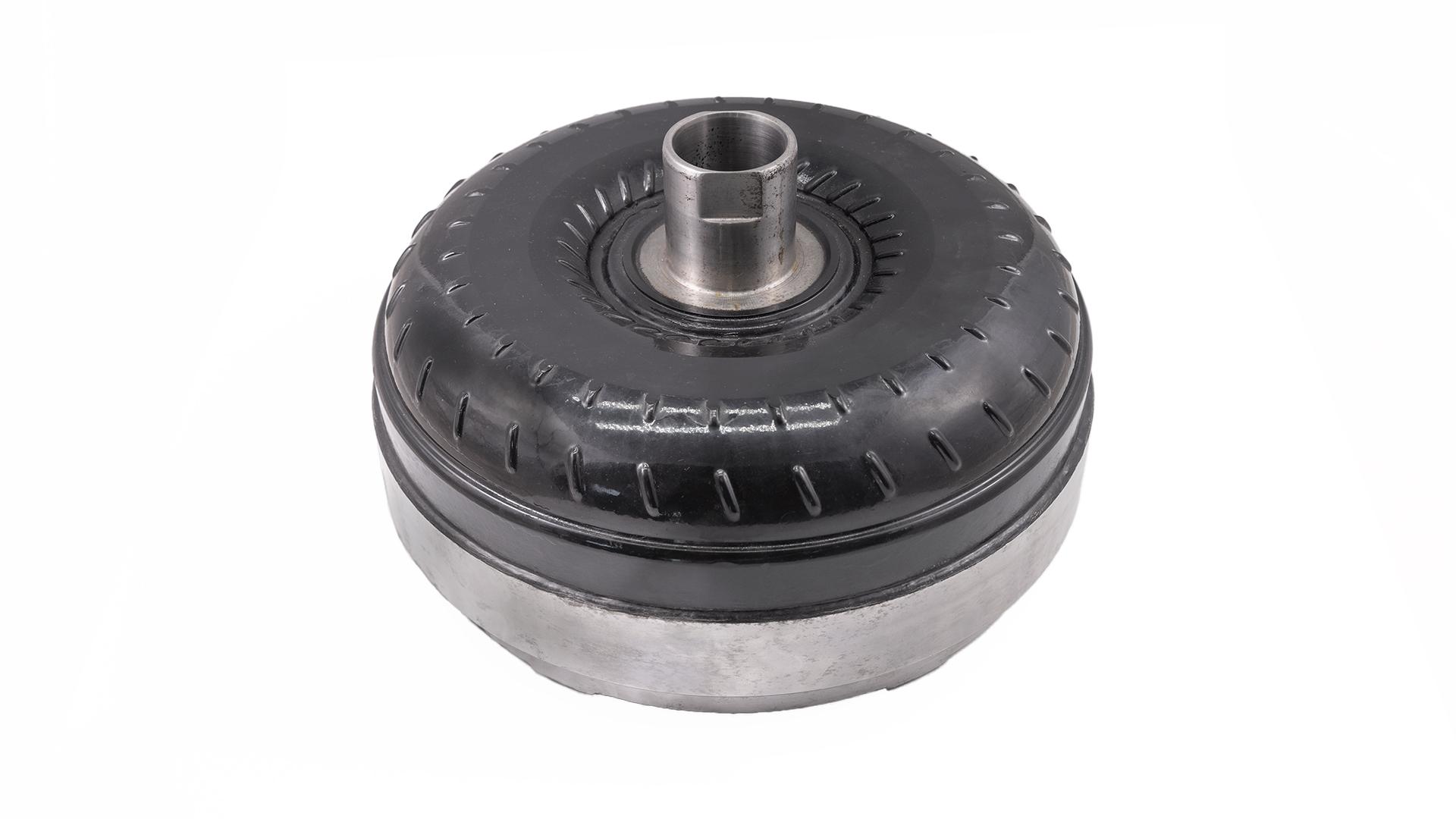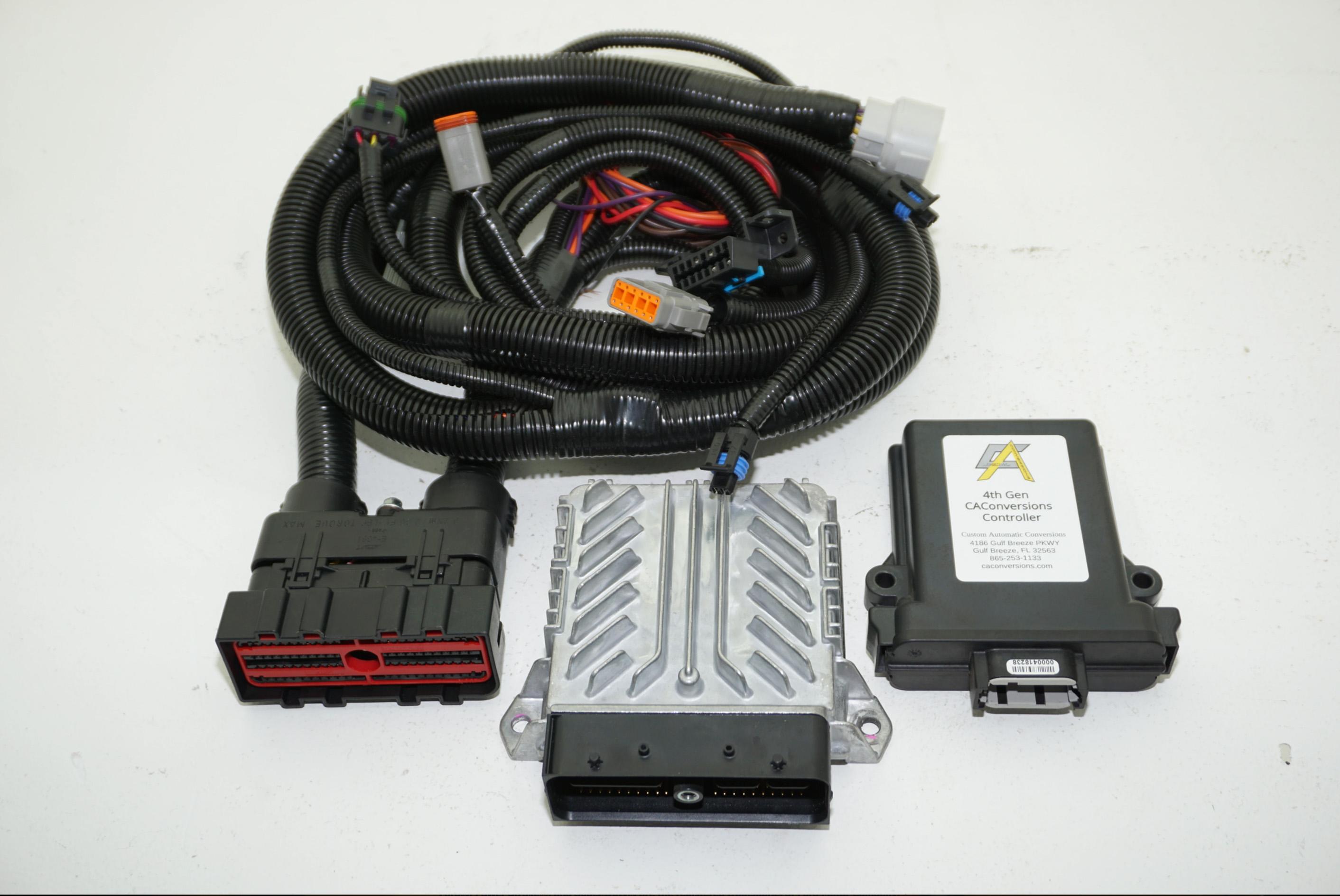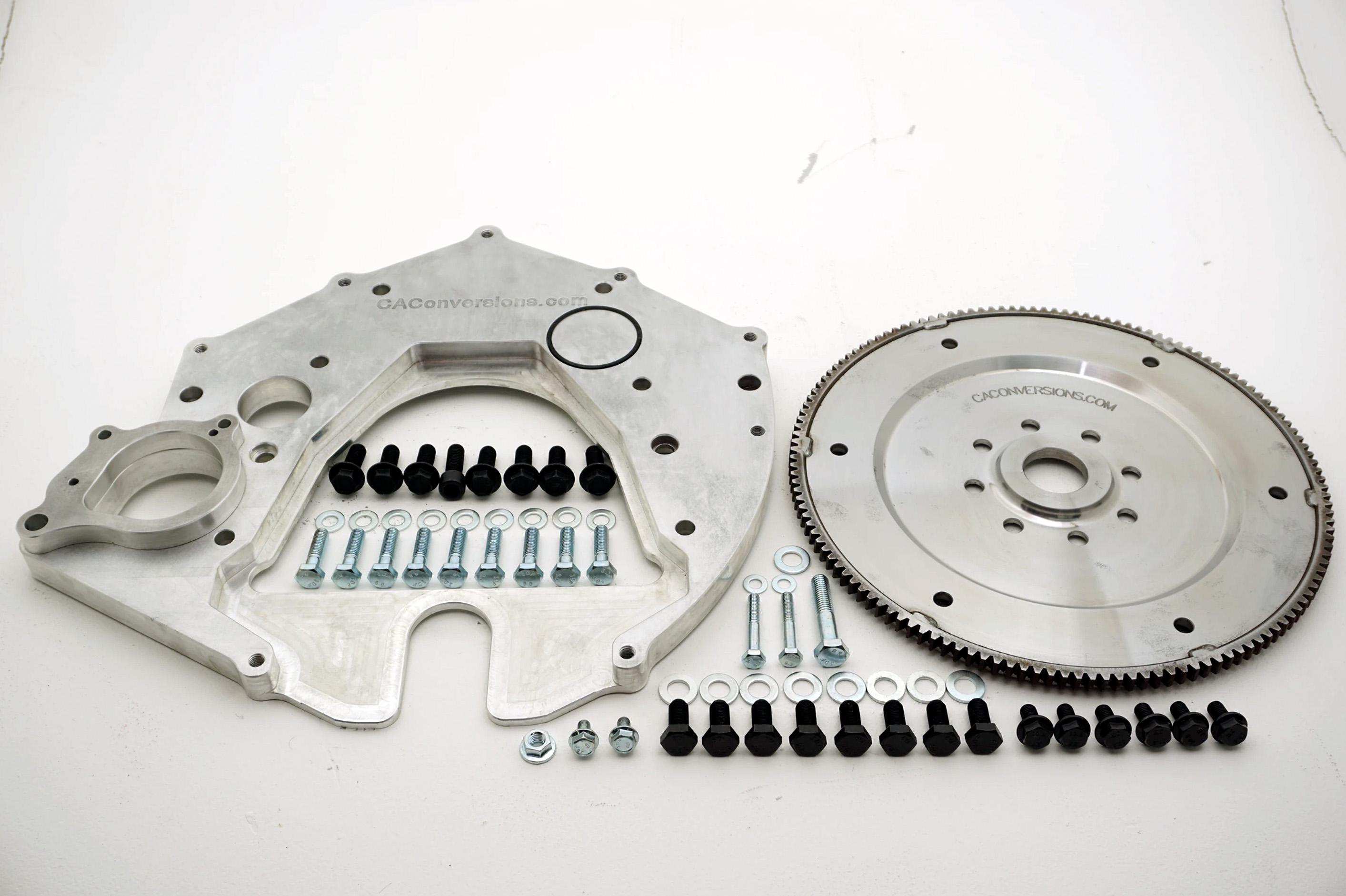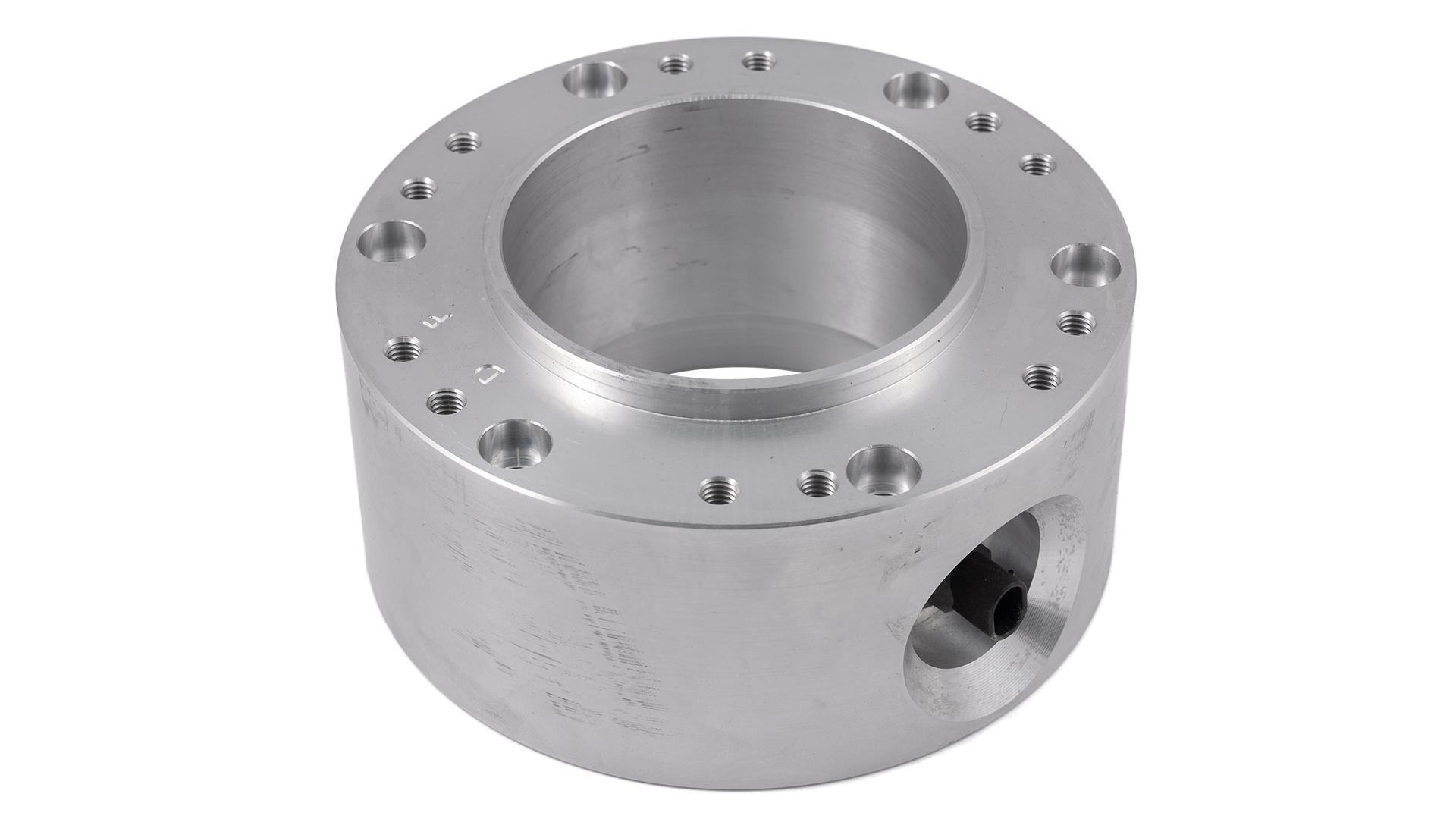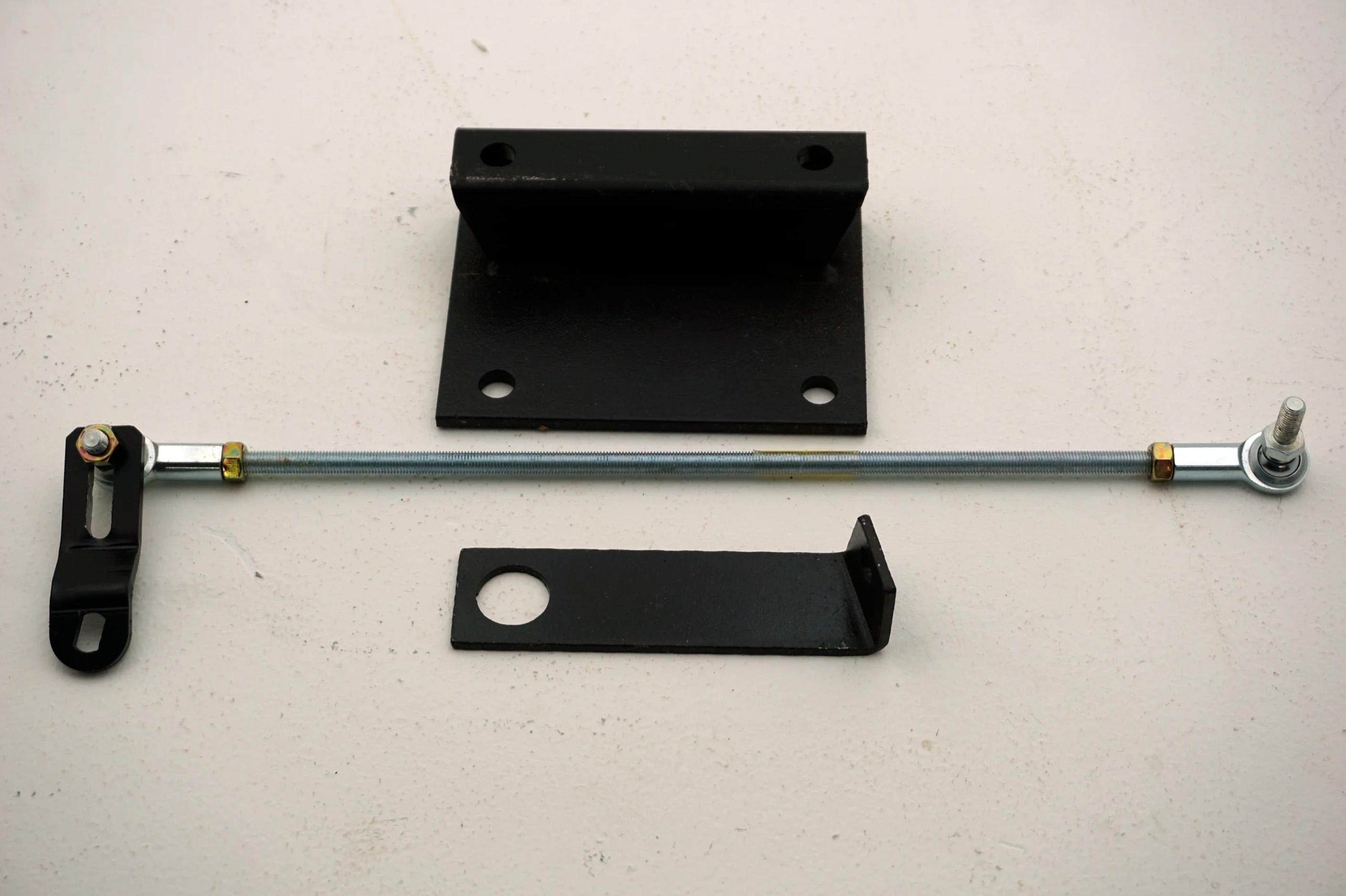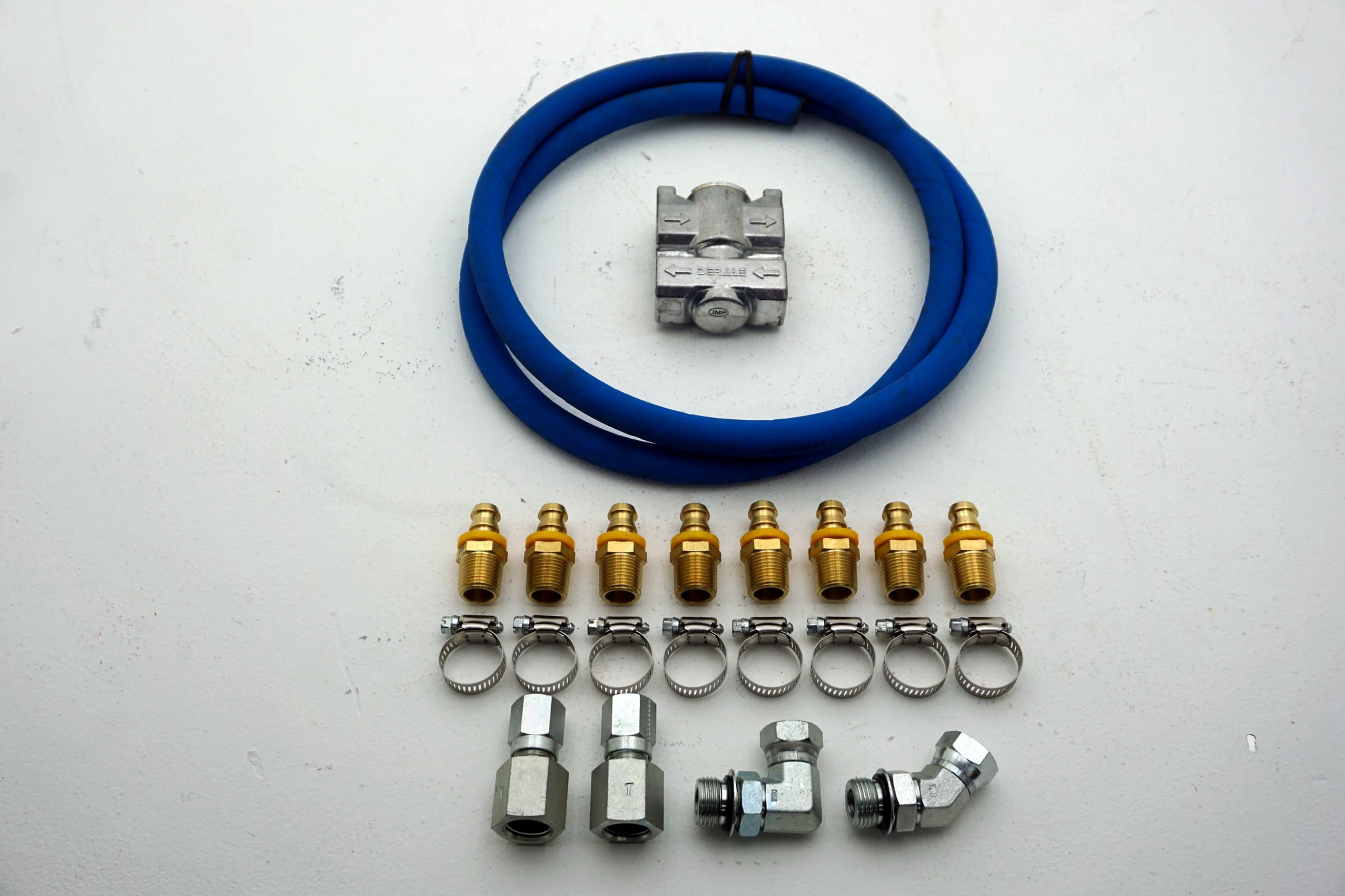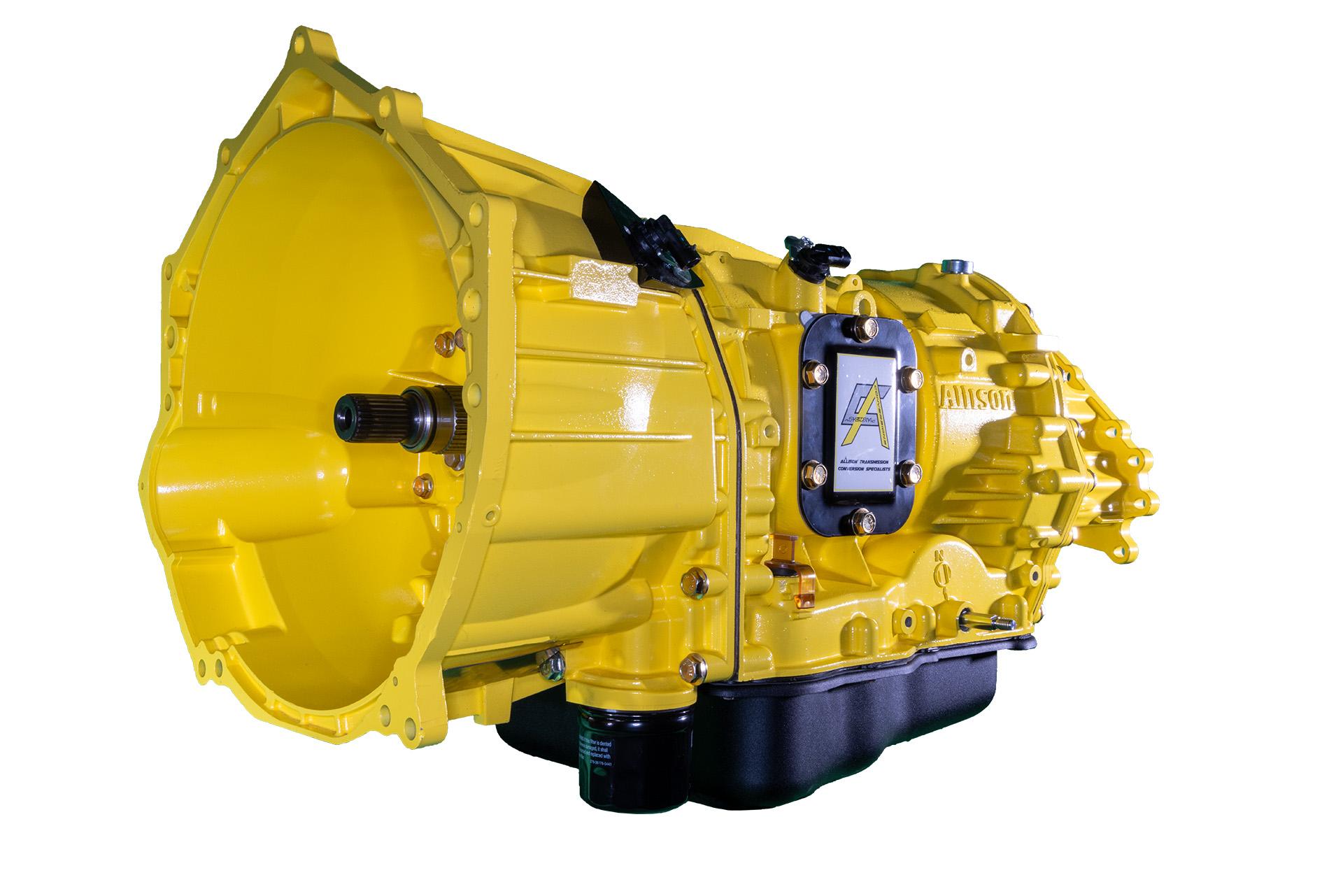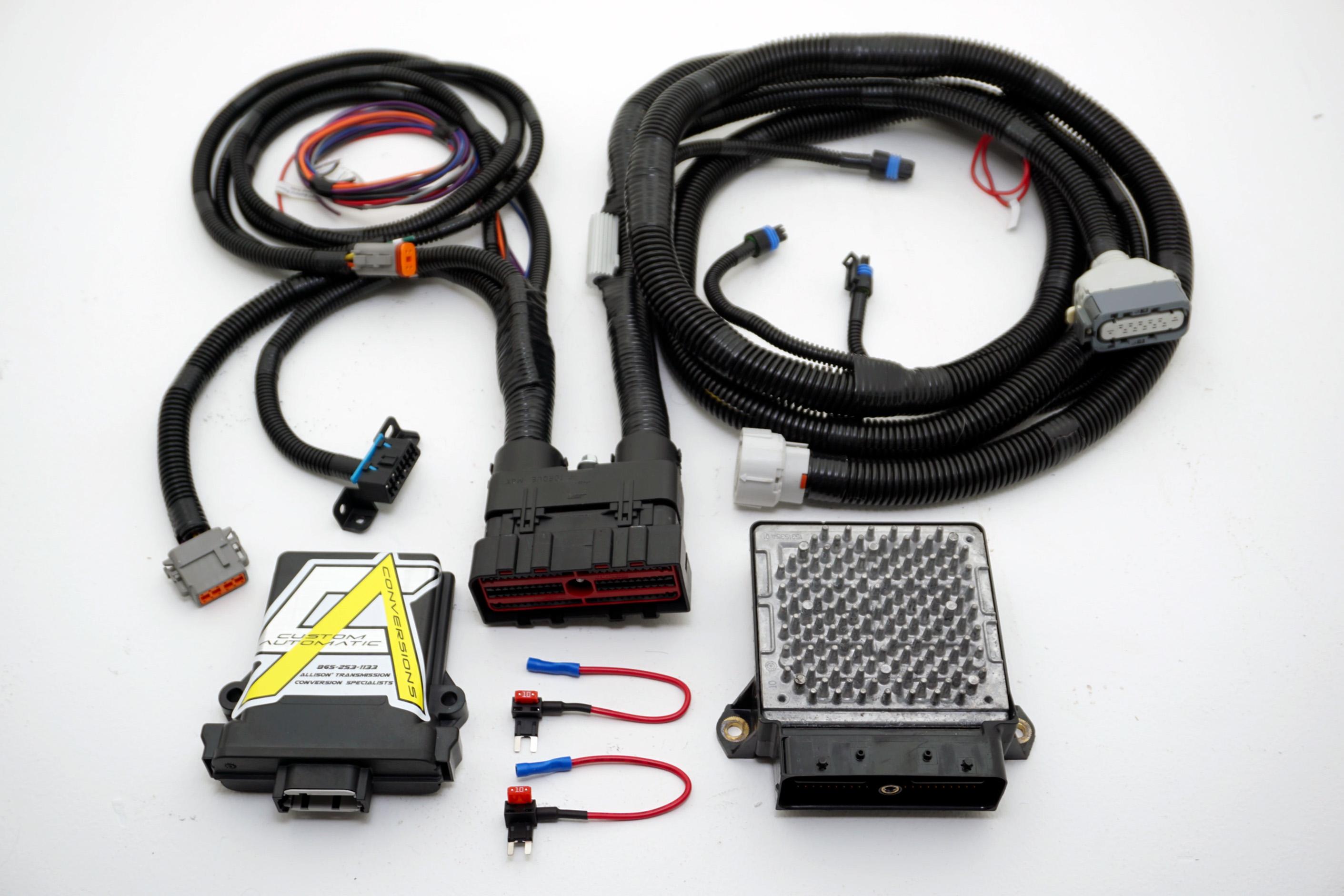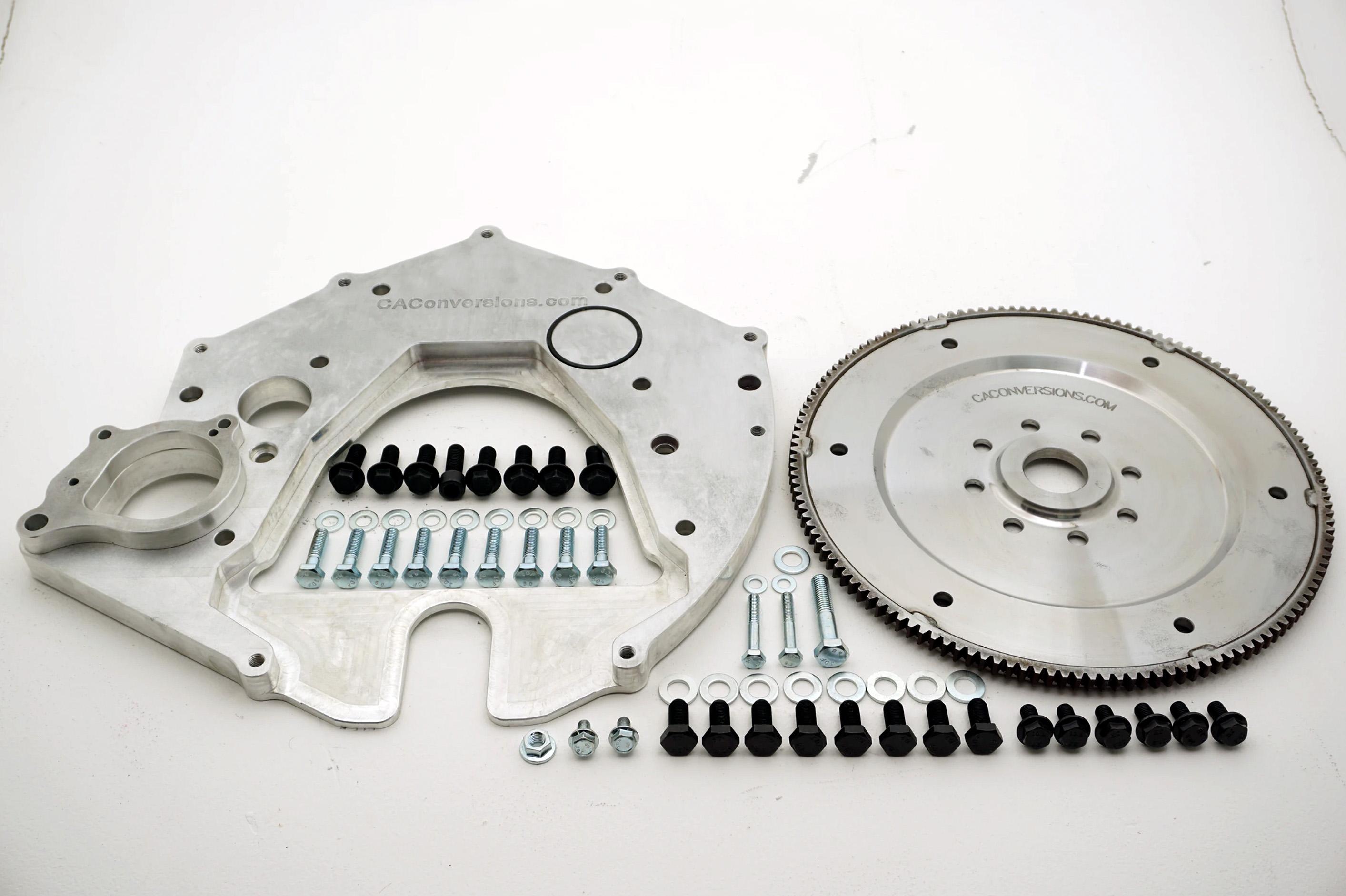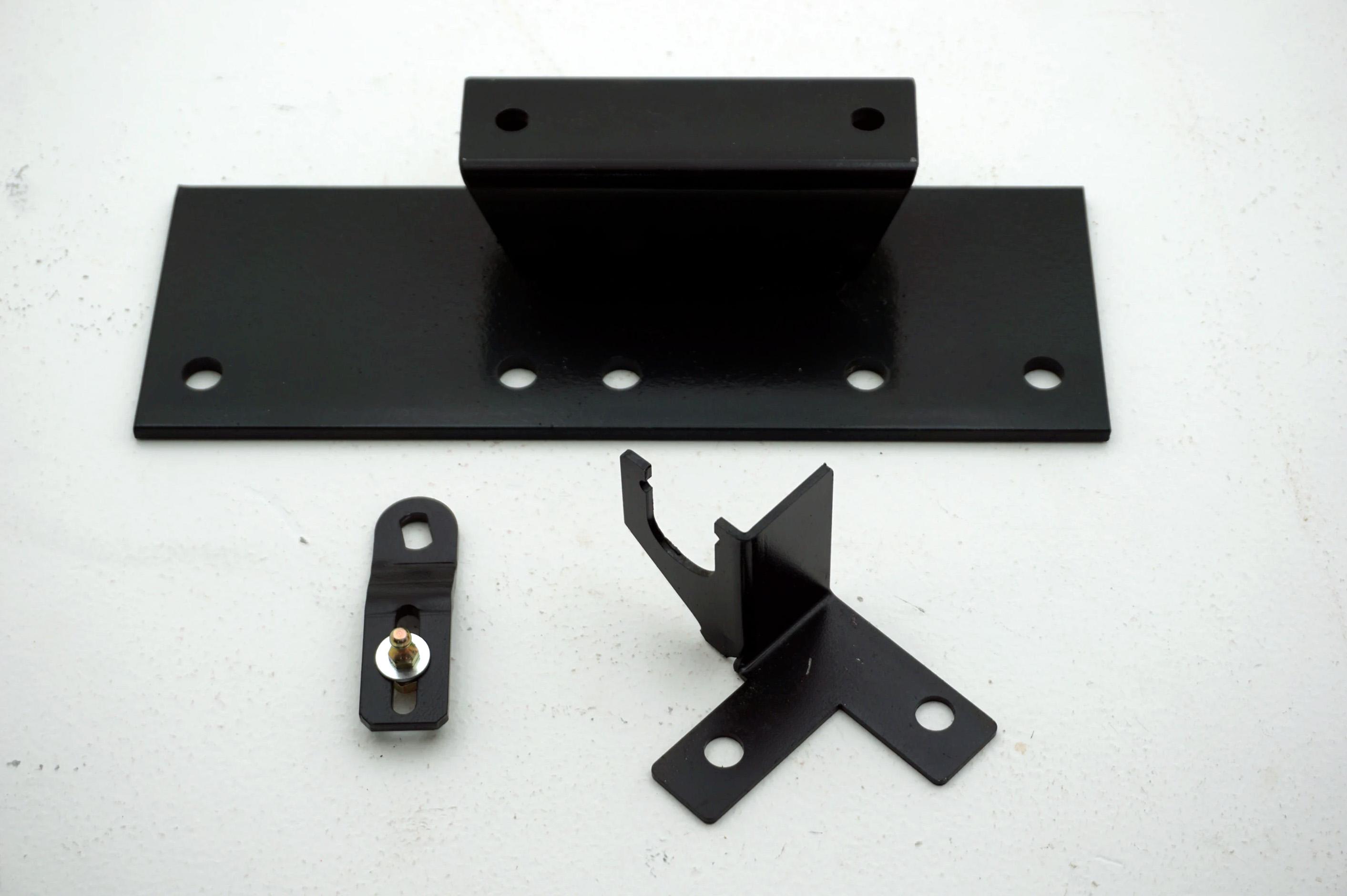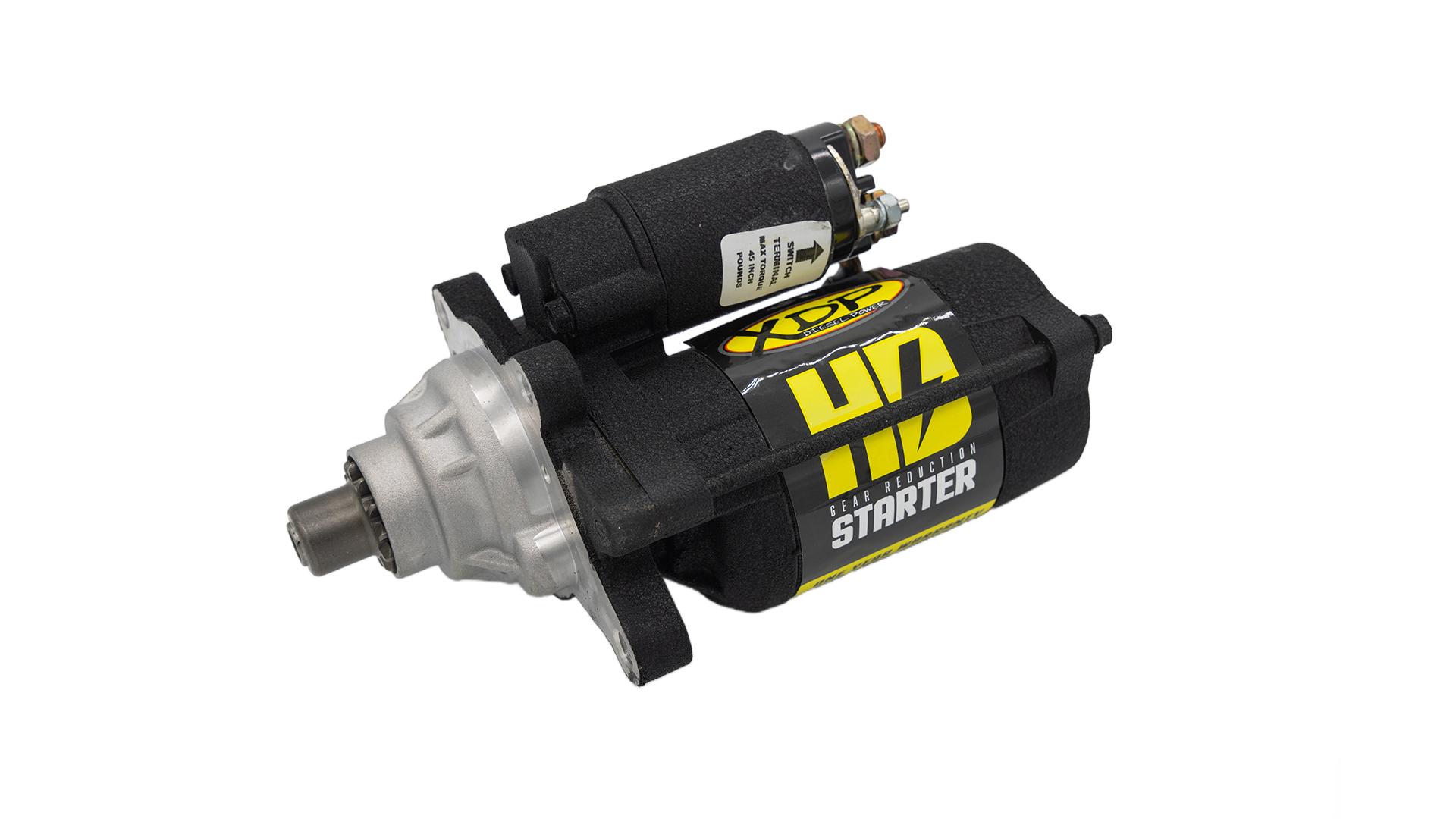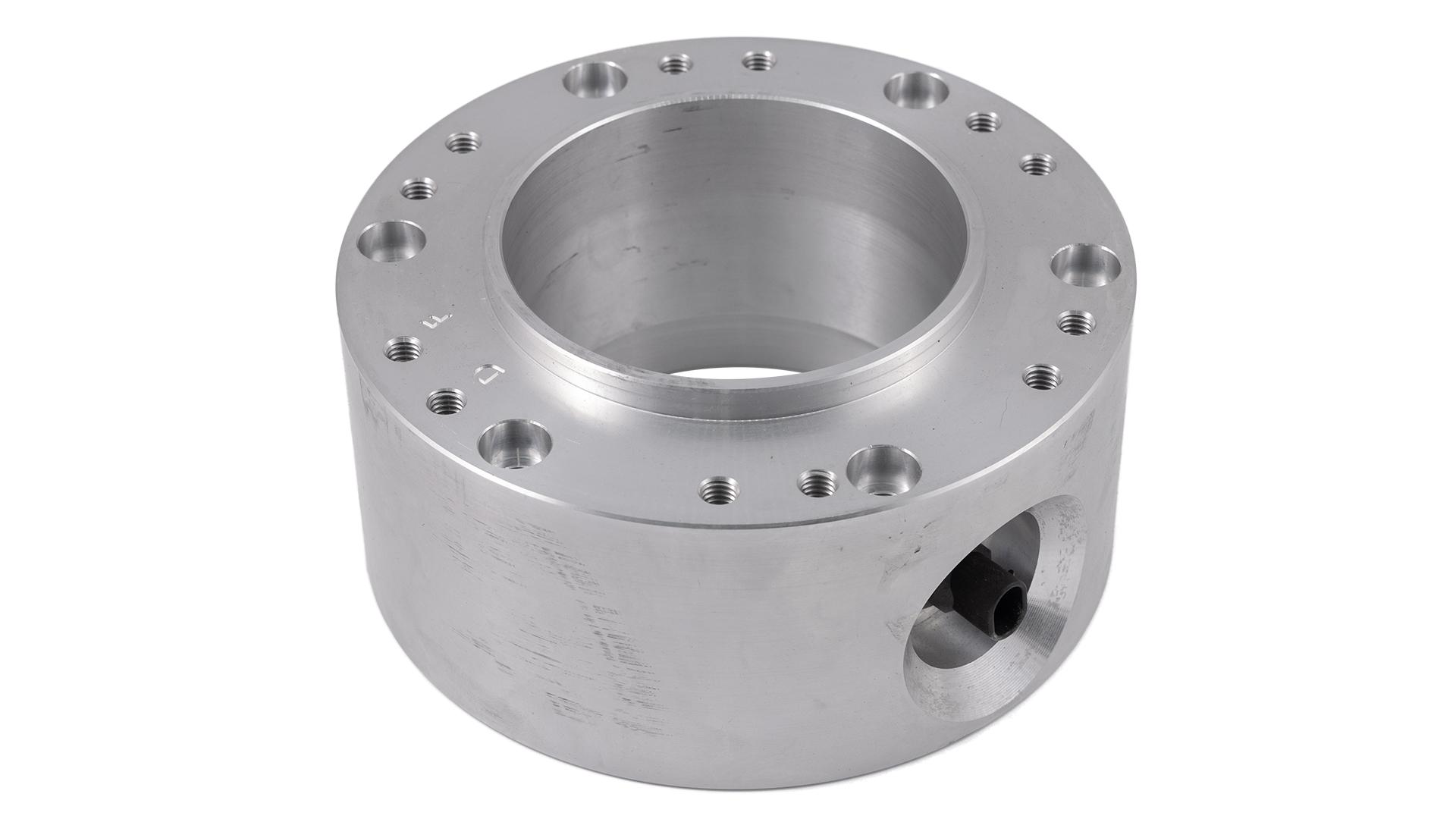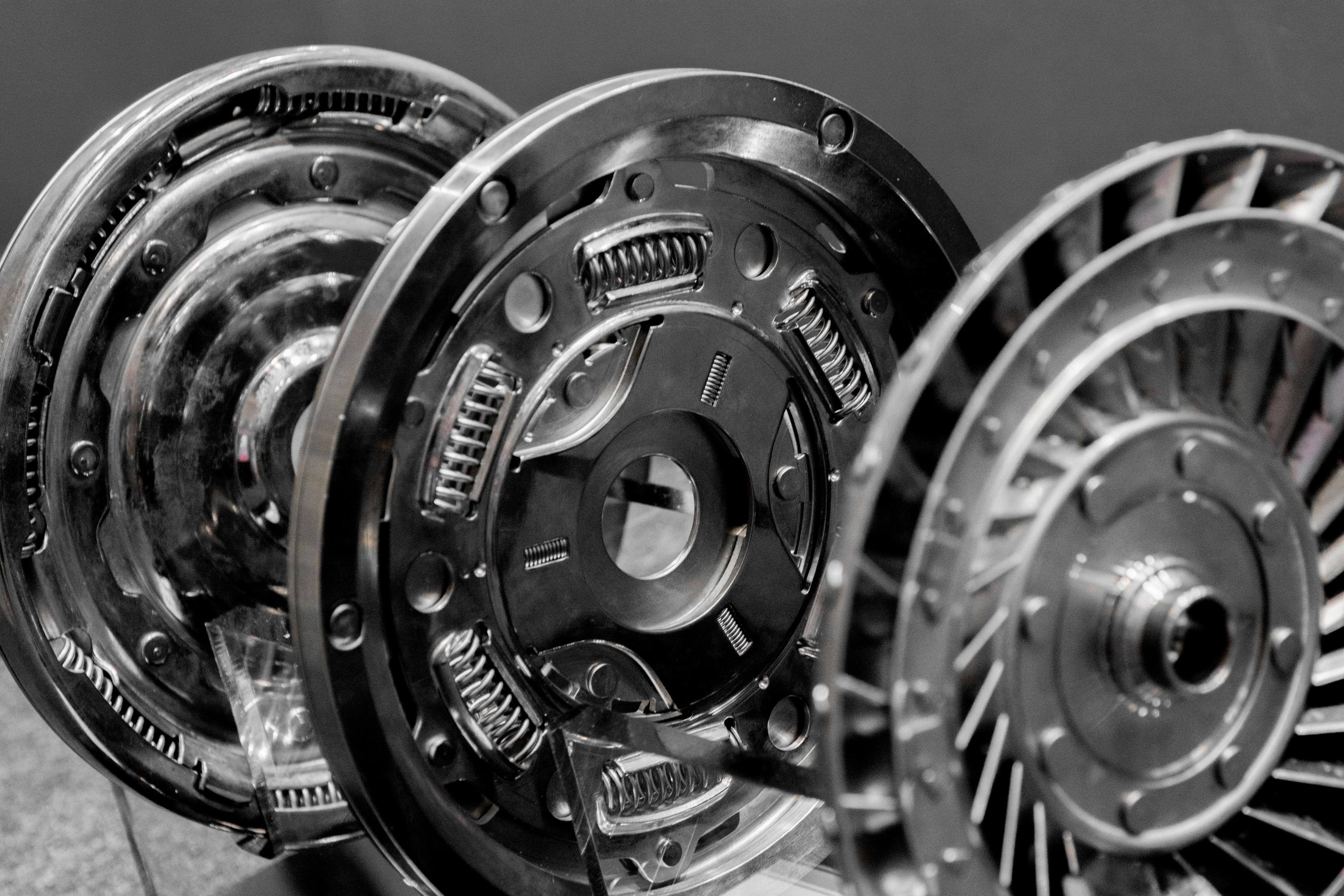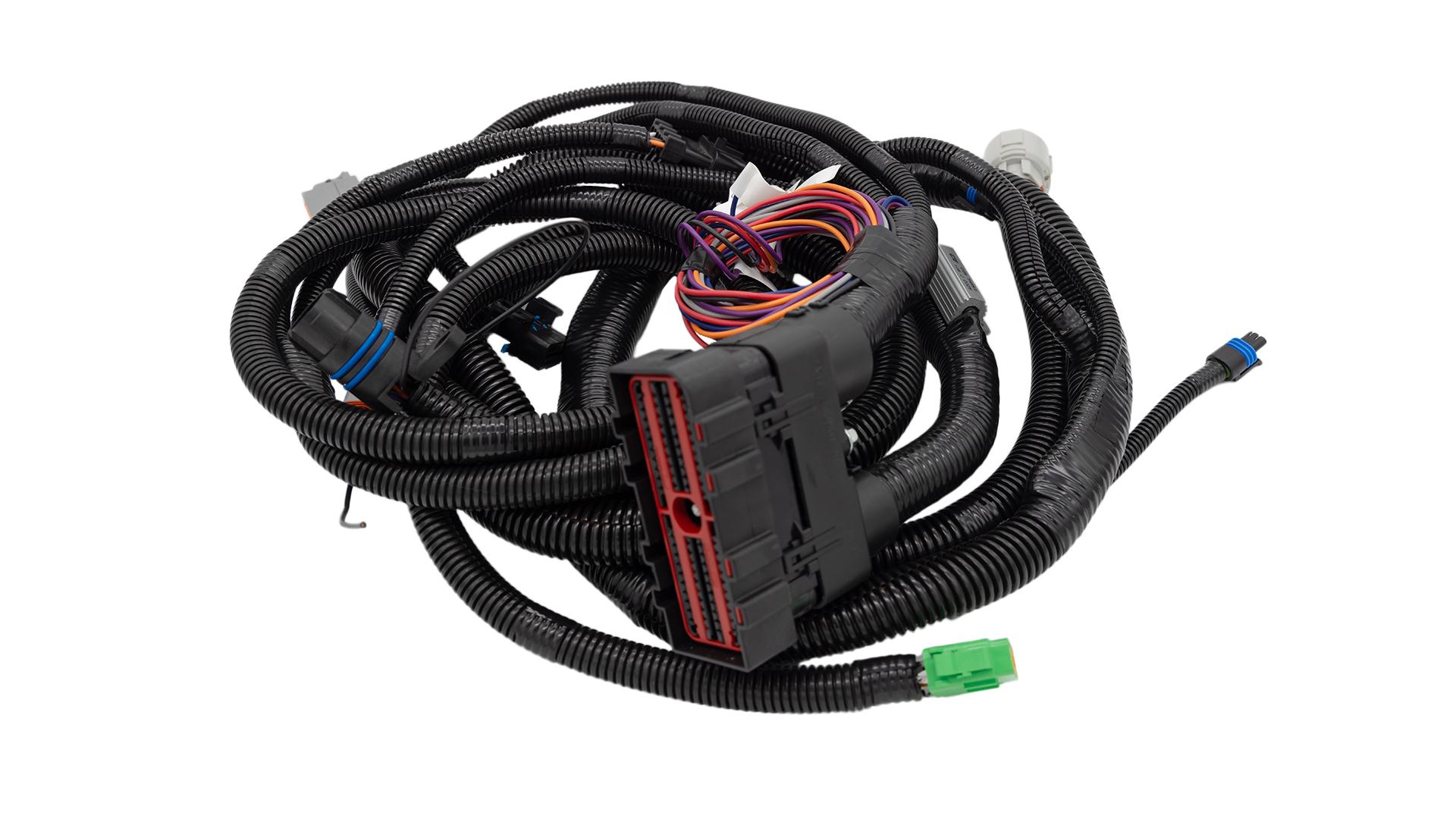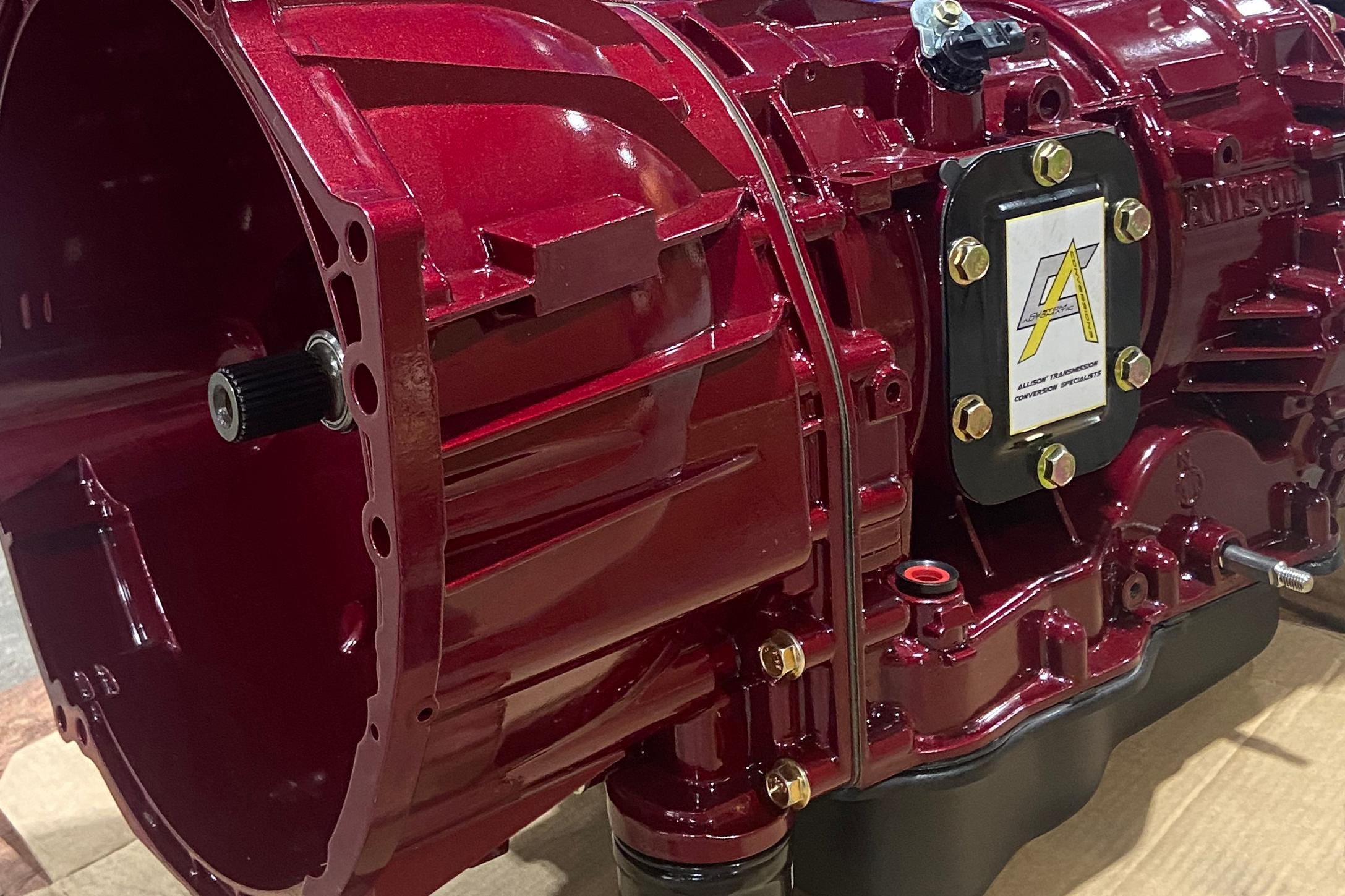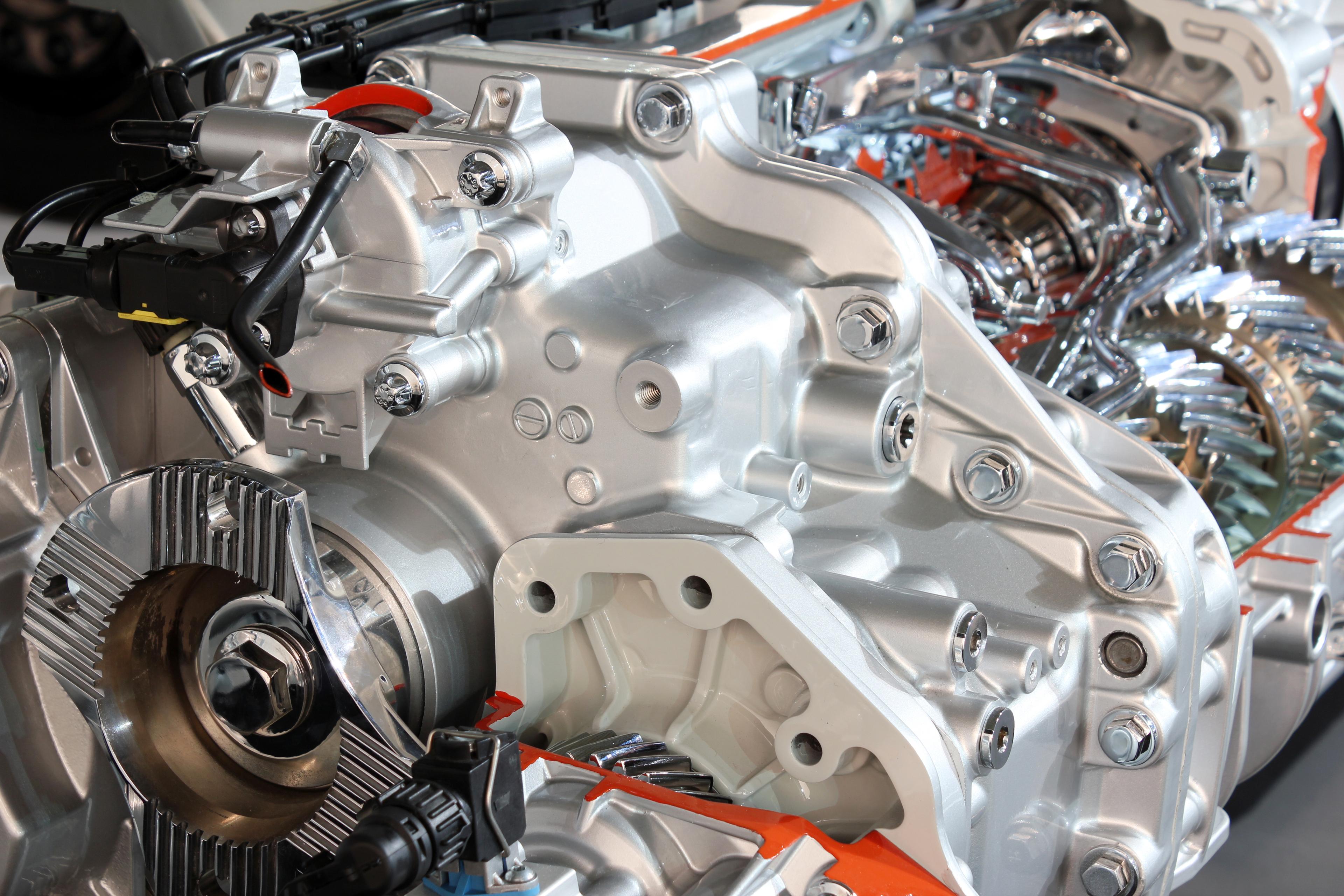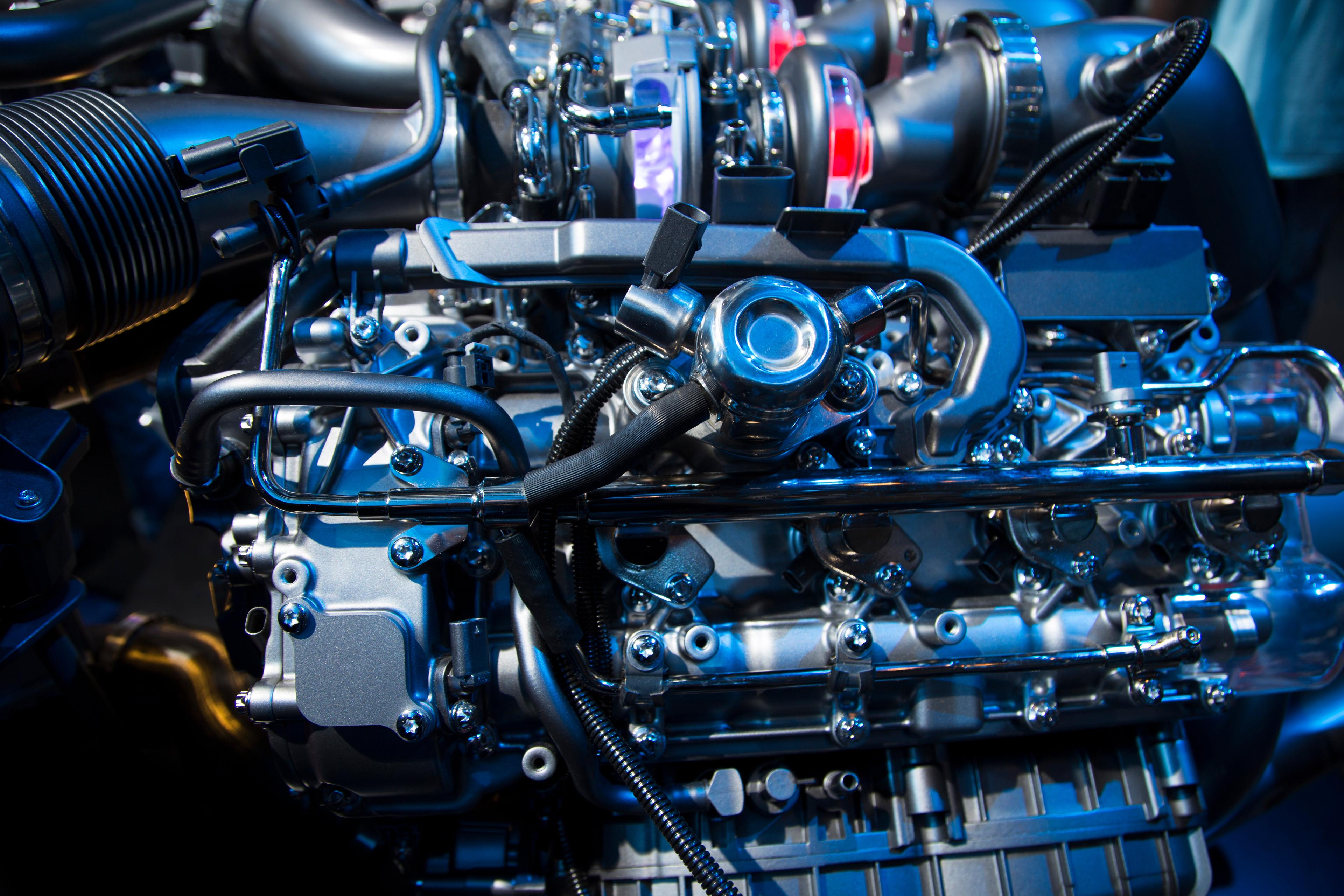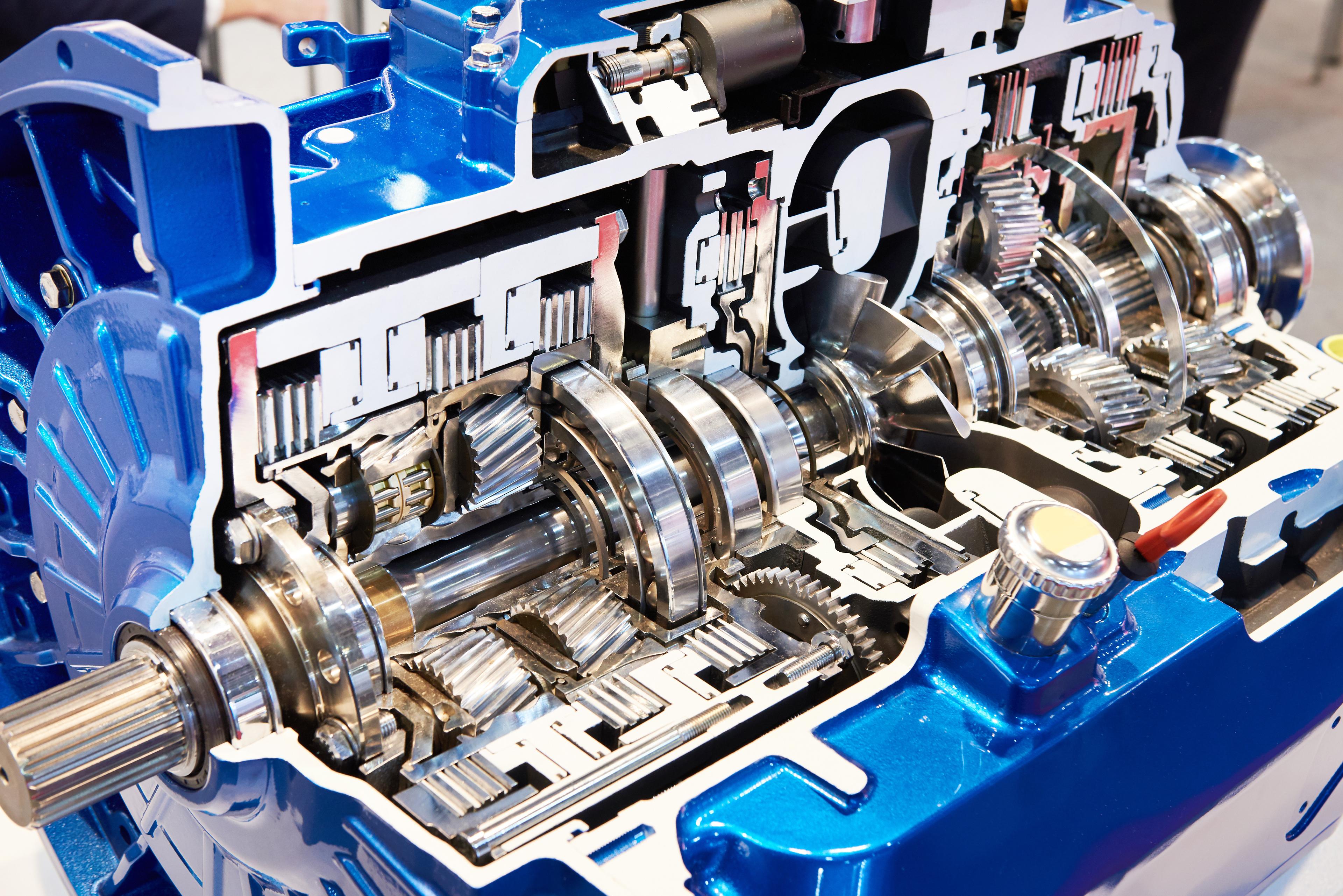Dodge G56 Transmission

Convert your Dodge G56 to an Allison
Transform Your Drive: Making the Switch to an Allison 1000PK Transmission
Configure your truckRevolutionize your driving experience with the Dodge G56 to Allison 1000PK transmission conversion! Say goodbye to compromised performance and frequent maintenance and embrace the unparalleled durability and functionality of the Allison 1000PK. Renowned for its remarkable strength, unmatched fuel efficiency, and advanced control system, this conversion will transform your Dodge from a hard-working truck into a performance powerhouse. Whether you're hauling heavy loads, traversing rough terrains, or simply cruising the open road, the smooth-shifting and responsive Allison 1000PK transmission promises to redefine your ride and elevate your driving experience to a new level of excellence. Make the switch today and feel the difference an Allison can make.

Overview of the NV5600 Transmission
The G56 is a six-speed manual transmission designed and manufactured by Mercedes-Benz, but heavily associated with Dodge Ram trucks, where it has been the flagship manual transmission since 2005. Engineered for pairing with the revered Cummins turbodiesel engine in Dodge Ram 2500 and 3500 series trucks, this transmission is celebrated for its balance of performance and reliability. It is robust enough to handle substantial torque outputs, making it a top choice for heavy towing and extensive hauling tasks.
Featuring fully synchronized gears, the G56 offers smooth and precise shifting, enhancing the driver's control over the vehicle. With a strong cast aluminum case and a compact design, the G56 is constructed to withstand harsh conditions and prolonged use, striking a fine balance between resilience and practicality. It offers a flexible gear ratio spread, which allows for fuel-efficient highway cruising while retaining the low-end power required for significant towing and payload capacities.
Nevertheless, as automatic transmissions continue to dominate the truck market, the G56 holds a special place in the hearts of purists who yearn for a hands-on driving experience. It appeals to drivers who value the tactile engagement and immediate control only a manual transmission can provide. For those willing to forego the convenience of an automatic transmission for a more connected and spirited driving experience, the G56 remains an enduring and treasured option.
G56 Features
The G56 transmission, designed specifically for heavy-duty trucks, most notably the Dodge Ram 2500 and 3500 series, is notable for its strong and reliable design. Here are some key features that make the G56 stand out:
- High Torque Capacity: The G56 is crafted to manage high levels of torque, making it ideal for towing and hauling substantial loads, a perfect match for the Cummins turbodiesel engines.
- Fully Synchronized Gears: The G56 features full synchronization, allowing for smoother and more precise shifts, enhancing the driving experience.
- Durable Construction: With its cast aluminum case, the G56 is built for durability, designed to endure the challenges of heavy-duty truck use.
- Flexible Gear Ratio Spread: The G56 offers a versatile range of gear ratios, which allows for substantial towing power and fuel-efficient highway operation.
- Clutch Engagement: The G56 often employs a dual-disc clutch, which allows for strong and dependable engagement, essential for high-torque applications.
- Driver Engagement: As a manual transmission, the G56 delivers a level of driver involvement that is unmatched by automatic counterparts, creating a true connection between driver and vehicle.
- Aftermarket Support: Its longstanding presence in the market ensures robust aftermarket support for the G56, with a wide array of parts and upgrade options that allow owners to further tailor and enhance their transmission’s performance.
In summary, the G56 is a reliable, capable, and versatile manual transmission designed to meet the demanding requirements of heavy-duty truck applications. Its features are engineered to offer drivers precise control, impressive towing capacity, and durable performance under a myriad of conditions.
G56 Common Issues and Signs of Failures
While the G56 transmission is known for its strength and reliability in heavy-duty applications, it is not immune to potential issues. Below are some common problems associated with the G56 transmission, along with signs that it might be failing:
- Synchro Wear: Prolonged use can lead to wear on the synchronizers, resulting in challenging shifts, gears grinding during changes, or gears unexpectedly slipping out of position.
- Clutch Problems: The high torque that this transmission is designed to handle may lead to clutch wear or failure, indicated by shifting issues or a complete loss of drive.
- Bearing Failures: The bearings in the G56 can wear over time, producing noisy operation or grinding sounds when the clutch is engaged or disengaged.
- Oil Contamination and Lubrication Issues: Maintaining the proper fluid is vital for the G56. Incorrect or contaminated fluid may lead to increased wear and possible failure, with signs including noisy operation, difficult shifting, and overheating.
- Input Shaft Wear or Breakage: Excessive loads can stress the input shaft, possibly leading to noisy operation in certain gears or a complete loss of drive.
- Overheating: Excessive heat, often resulting from heavy towing and hauling, can lead to warped components, fluid breakdown, and eventual transmission failure.
Regular maintenance, including using the correct transmission fluid and replacing worn components as necessary, can significantly extend the life of a G56 transmission and mitigate many of these issues. Consulting with a professional mechanic or transmission specialist when experiencing any of these symptoms is highly advised to diagnose and address the problem before it leads to a complete transmission failure.
Rebuild, Replace, Converting to an Allison

Converting from a Dodge G56 transmission to an Allison 1000PK automatic transmission can bring several benefits, depending on the specific needs and use of the vehicle. Here are some notable advantages of making such a conversion
The Allison 1000 series transmissions are renowned for their durability and ability to handle high torque outputs. For truck owners who use their vehicles for heavy towing or hauling, an Allison 1000PK can offer a level of reliability that exceeds that of the G56.
The Allison 1000PK is an automatic transmission, which makes driving more convenient, especially in heavy traffic or over long distances. For those who prefer not to manually shift gears, this can be a significant advantage.
Allison transmissions are designed for heavy-duty applications and are often chosen for their superior towing capabilities. The 1000PK can handle heavy loads with ease, often outperforming manual transmissions like the G56 in towing scenarios.
The Allison 1000PK, with its advanced torque converter and gear ratios, may offer better fuel efficiency under certain conditions when compared to the G56 manual transmission.
Automatic transmissions like the Allison 1000PK can, in some cases, require less frequent maintenance than manual transmissions. There is no clutch to wear out, which can result in less frequent service intervals.
Having an Allison transmission in a truck can potentially increase its resale value, especially for buyers looking for a vehicle with proven heavy-duty capabilities. The Allison name carries weight in the trucking industry, and prospective buyers may view it as a premium feature.
The Allison 1000PK is designed to be versatile and can be adapted for various uses, including commercial and recreational towing, making it a flexible option for various types of truck owners.
We provide everything you will need to get the swap done right

- Kit Includes
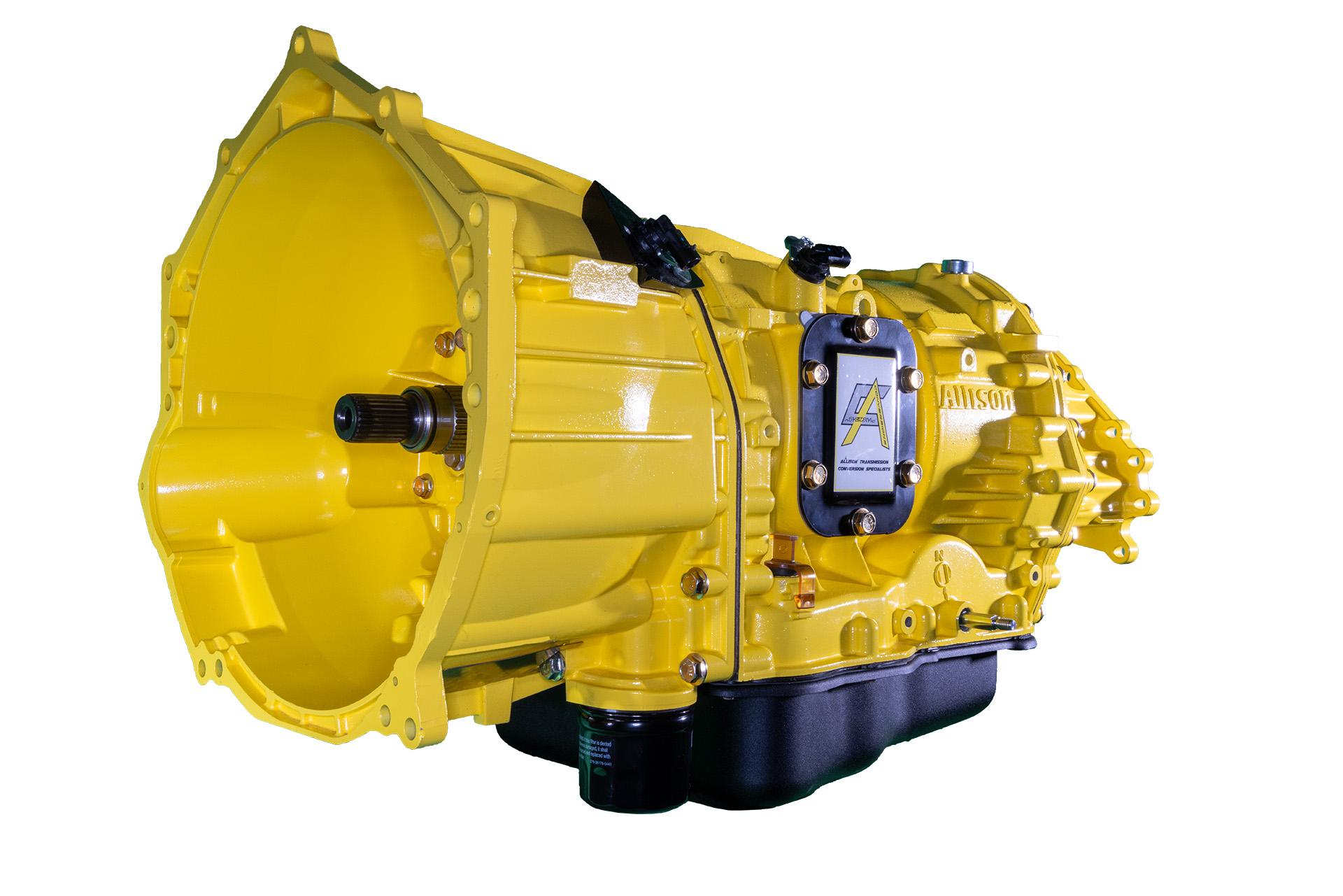
Allison 1000PK Transmission
Torque Converter to fit your needs
Wiring Harness
Flex Plate Adapter
Transfer Case Adapter, Couplers, and Tone Rings
Mounting Kit and Shift Linkage
Cooling Kit
CAC Digital Display
Allison Total Control Module (TCM)
CAC Total Control Module (TCM)
How to determine the Right Torque Converter
Maximizing Performance: Using Tire Diameter and Gear Ratio Calculations to Choose the Ideal Torque Converter
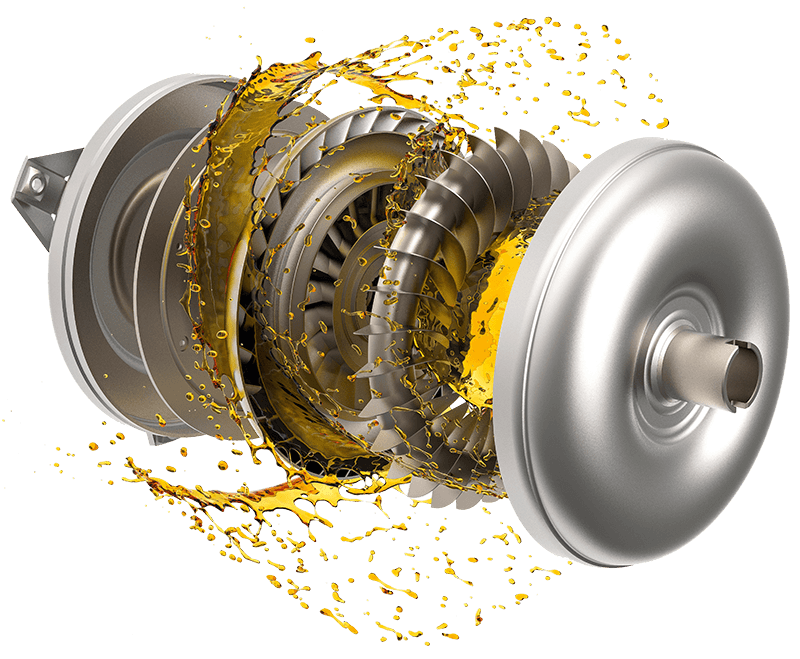
FAQ'S
What are the benefits of converting my Dodge Ram's current transmission to an Allison?
Converting your Dodge Ram's transmission to an Allison can result in numerous benefits including improved durability, enhanced towing capability, increased fuel efficiency, and smoother gear shifts, thus optimizing your vehicle's performance.
Is an Allison conversion compatible with all Dodge Ram models?
Most Dodge Ram models can benefit from an Allison transmission conversion, but it's advisable to consult with a specialist to ensure compatibility with your specific model.
Can I use my existing Dodge Ram transfer case with an Allison conversion?
Yes, with the right adapters, your existing Dodge Ram transfer case can be utilized in an Allison conversion.
Which Allison transmissions are best suited for Dodge Ram vehicles?
The Allison 1000 series is a popular choice for Dodge Ram vehicles due to its reliability and performance, but the best option depends on your particular needs and vehicle model.
What is the process for converting my Dodge Ram's transmission to an Allison?
The conversion process involves removing your Dodge Ram's current transmission, fitting the Allison transmission with the necessary adapters, and installing it. The wiring harness, TCM, and other components are also adjusted accordingly.
Will my Dodge Ram's performance and fuel economy improve with an Allison transmission conversion?
Yes, an Allison transmission is designed to provide smoother shifts, increased durability, and better fuel efficiency, all of which contribute to improved vehicle performance.
What specific components come with the Allison conversion kit for Dodge Ram vehicles?
An Allison conversion kit typically includes components such as the transmission (if chosen), TCM, torque converter, wiring harness, adapters, and other necessary parts for the conversion.
Can I provide my own Allison transmission for the conversion, or can it be included in the kit?
You have the option to either provide your own Allison transmission or include it with your conversion kit purchase.
Can I perform the Allison transmission conversion myself, or do I need a professional?
While it's possible for experienced individuals to do the conversion, it's generally recommended to hire a professional to ensure the job is done correctly and safely.
How long does a typical Allison conversion take for a Dodge Ram?
The conversion time can vary based on the vehicle and the specific conversion kit. On average, it might take a few days to complete.
Will converting my Dodge Ram's transmission to an Allison affect my warranty?
An Allison conversion could affect your vehicle's warranty depending on the specific terms of your warranty agreement. We recommend checking with your warranty provider before proceeding with the conversion.
What should I do if I encounter issues after converting my Dodge Ram's transmission to an Allison?
If you face any problems after the conversion, it's best to contact your conversion specialist for troubleshooting assistance or potential service needs.
Can I use an Allison transmission from a different vehicle (like a Chevrolet/GM) for my Dodge Ram conversion?
Yes, an Allison transmission from another vehicle can be used, provided it's compatible with your Dodge Ram model. Ensure to consult with your conversion specialist before proceeding.
Do you offer rebuilding services for Allison transmissions?
Yes, we do offer rebuilding services for Allison transmissions, ensuring your transmission is operating at peak performance.
What is the cost range for an Allison transmission conversion for Dodge Ram vehicles?
The cost can vary significantly depending on the specific Allison model, whether you're providing the transmission or purchasing it as part of the kit, and any additional services required. Please contact us directly for a more precise estimate.


Financing Available
Financing is available, so that you can get on the road faster




